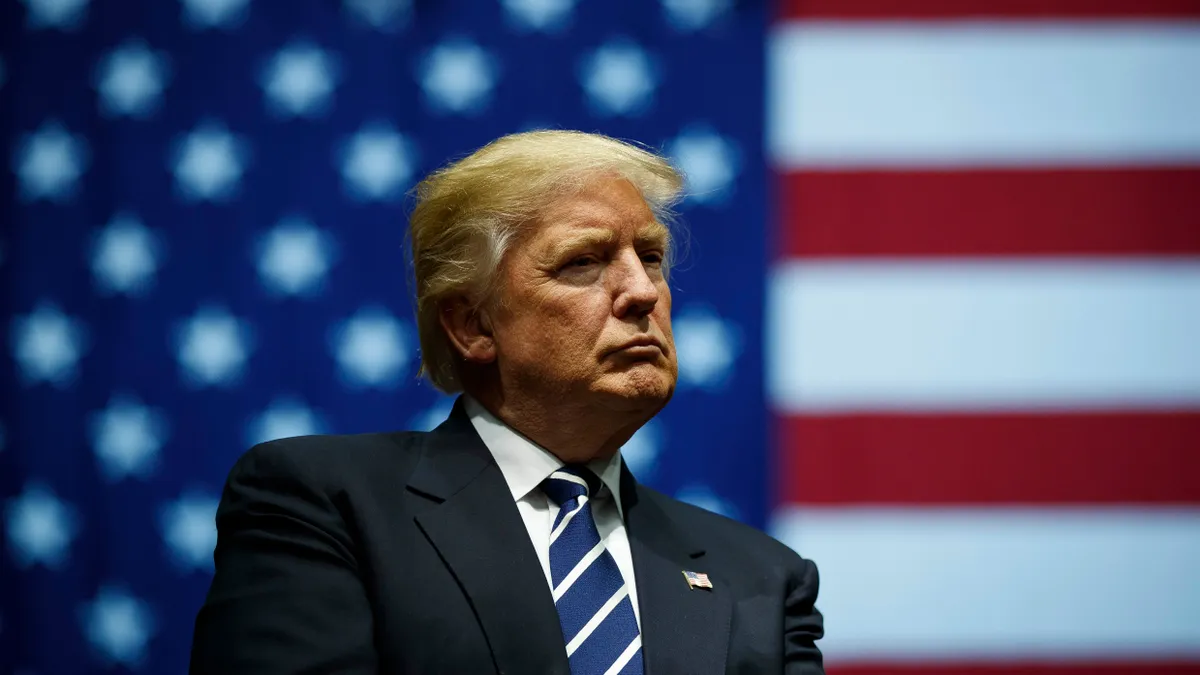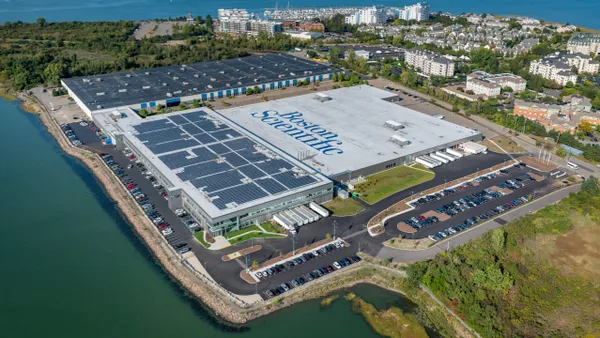Dive Brief:
-
The U.S. has formalized its intent to impose a 10% tariff on $200 billion worth of Chinese imports.
-
Most of the medtech sector will be unaffected by the 10% tariffs, with the U.S. expanding its focus beyond industry and into consumer goods for the latest set of levies.
-
The 10% tariff proposal follows weeks of escalating tension, in which the China responded to the U.S.’s tax on $50 billion worth of imports with levies of its own.
Dive Insight:
The U.S.-China trade war is now in full swing. Following the lead of President Donald Trump, the Office of the United States Trade Representative (USTR) imposed a 25% tariff on $34 billion worth of Chinese imports late last week, which did include tariffs on medtech products.
The USTR is also planning to impose a 25% tariff on a further $16 billion worth of imports, bringing the total value of products subject to the levies up to $50 billion. China responded with plans to impose a 25% tariff on $50 billion worth of U.S. imports.
China’s response looks set to cause the U.S. to impose tariffs on more imports. The U.S. is framing the tariff agenda as a way to force China to stop practices the USTR thinks are “unreasonable or discriminatory and burden or restrict U.S. commerce.” With China choosing to impose its own tariffs rather than change its practices, the U.S. is forging ahead with a fresh set of levies.
On top of that, Trump disclosed plans for a 10% tax on $200 billion worth of Chinese imports last month. Now, the USTR has released a list of the product categories it plans to hit with tariffs. The new list is broader in scope than the set of products subject to the 25% levy. Whereas the 25% tariff mainly affected industrial goods, the 10% levy is targeting a wide range of foods, personal care products and other consumer goods.
The shift in focus is overall good news for medtech. The USTR is still proposing to apply the 10% tariff to some healthcare and life science products, such as microscopes, laboratory equipment and medical gloves, but overall the list is light on medical technologies.
That means the 25% tariffs will have the biggest effect on the medtech industry. While lobbyists succeeded in getting many medical devices removed from the list, the 25% tariffs still apply to close to $1 billion of medtech imports. If manufacturers pass the levies on to the healthcare system in the form of higher prices, it could cost the U.S. hundreds of millions of dollars a year.
Trump argues the costs are more than offset by the potential benefits and has threatened to impose tariffs on all $500 billion Chinese imports. The next step is a public consultation on the planned 10% tariff. Afterward the U.S. may enact the levies on $200 billion worth of imports and see how China responds.










